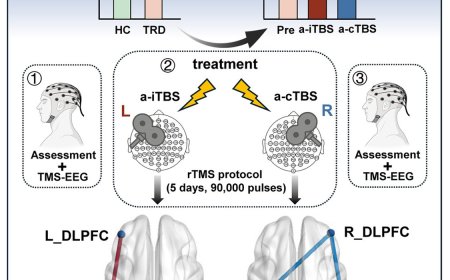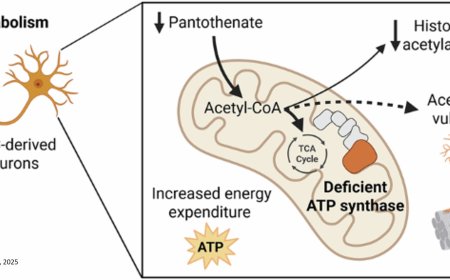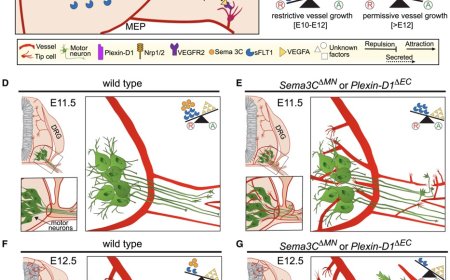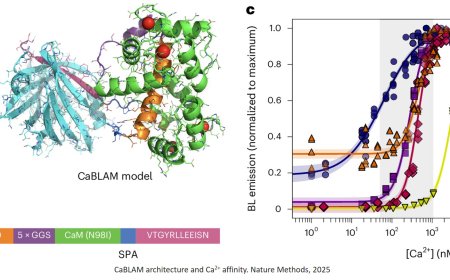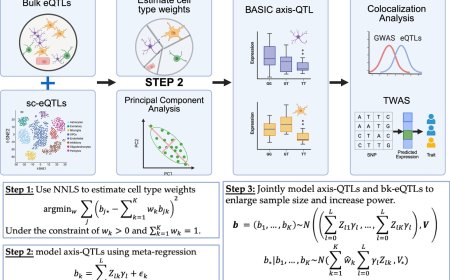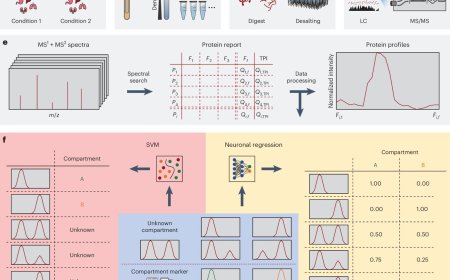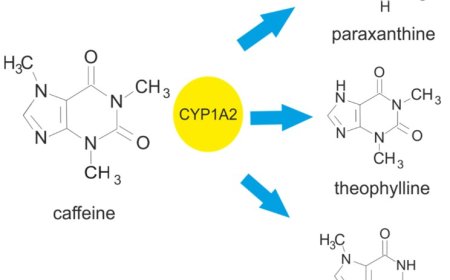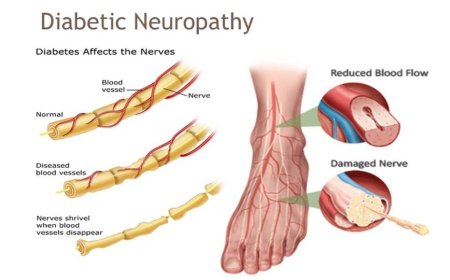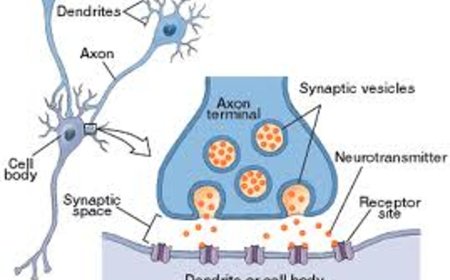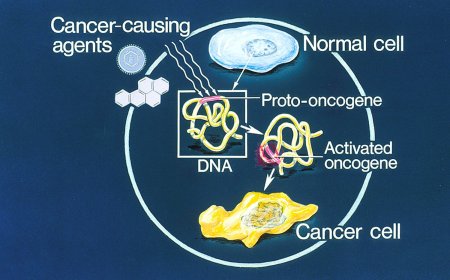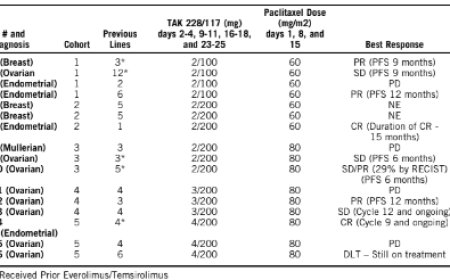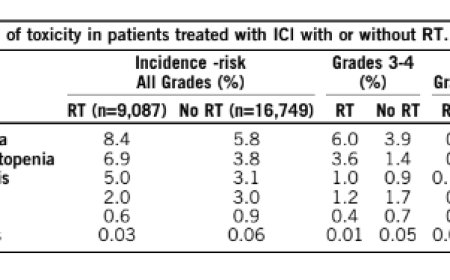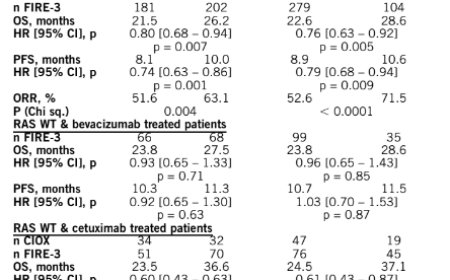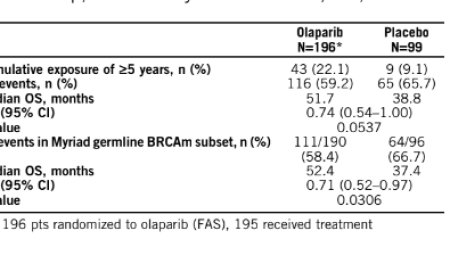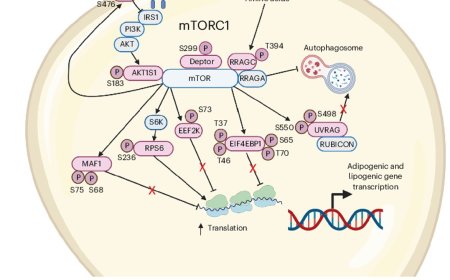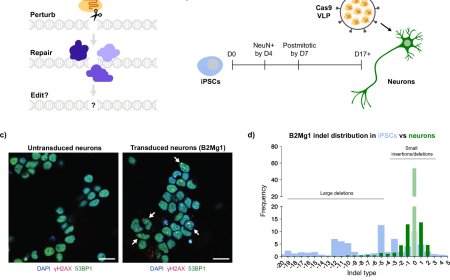How molecules navigate the nuclear pore complex

Just as cities must carefully manage the flow of cars in and out of downtown, cells regulate the movement of molecules into and out of the nucleus. This microscopic metropolis relies on an intricate gateway — facilitated by nuclear pore complexes (NPCs) within the nuclear envelope — to control its molecular traffic.
New research is shedding light on how this system operates with exquisite selectivity and control, discoveries that could lead to new insights into conditions such as neurodegenerative diseases and cancers.
The researchers have been investigating how molecules move through the pores of the double-membrane enveloping the nucleus quickly and efficiently without colliding or becoming congested. The team published a study in Nature revealing new insights into molecular transport. Using an advanced imaging technique called MINFLUX, they tracked molecular movements in milliseconds and in 3D at an unprecedented scale: about 100,000 times smaller than the width of a human hair. Their findings show that import, the process of molecules entering the nucleus, and export, the process of molecules leaving, occur in overlapping highways within the nuclear pore complex. This challenges a previous hypothesis that these processes may take place in separate lanes.
“When we started out, we considered two possibilities,” the senior author explained. “One, that import and export used distinct pathways, eliminating the risk of traffic jams; and two, that transport occurs through the same channel, but collisions were avoided as molecules maneuvered around each other.”
Their recent findings pointed to the second scenario. Molecules move through narrow conduits in both directions, weaving around one another rather than following a divided highway. Moreover, they only use a small cross-section of the pore diameter, migrating near the walls of the channel and absent from the center. Even more surprisingly, movement within the NPC is about 1,000 times slower than in an open solution—like moving through maple syrup—due to a network of disordered proteins that block the pore.
“This is the worst-case scenario—two-way traffic in narrower conduits,” the author said. “What we discovered was an unexpected combination of these possibilities, so we actually don’t know the full answer, and it’s more complicated than we initially thought.”
Despite the slow movement, NPC transport does not appear to be affected by crowding, appearing to successfully avoid congestion.
“NPCs may be designed to be expressed in numbers such that they don’t need to operate at capacity,” the author said. “This in itself could limit the deleterious effects of competition and clogging.”
Rather than passing directly through the middle of the NPC, molecules seemingly move through one of eight distinct transport channels, each confined to a single spoke within the peripheral annulus, suggesting a structural mechanism that aids in traffic regulation.
“Yeast nuclear pores have long been known to have a ‘central plug,’ but the nature of this material remains unknown,” the author said. “In humans, such a ‘central plug’ has not been observed, but functional compartmentalization is a very real possibility, and the pore center could be the primary path of mRNA export.”
The NPC plays a crucial role in cellular function, and its dysfunction has been linked to numerous diseases, including progressive brain diseases such as amyotrophic lateral sclerosis (ALS, also known as Lou Gehrig’s disease), Alzheimer’s disease and Huntington’s disease. In addition, increased NPC trafficking rates are known to be important for cancerous growth. Although targeting specific NPC regions might present a potential therapeutic strategy for unclogging “blocked” pores or knocking down trafficking rates, the senior author cautions that NPC transport is a fundamental cellular function and interfering with various aspects of function could cause significant side effects.
“It is important to distinguish between effects that occur at the pore [transport] from effects that occur away from the pore [transport complex assembly and disassembly],” the author said. “I suspect that most nuclear transport links to disease fall into the latter category, but this doesn’t imply that all do, and some certainly do not.” For example, mutations in the c9orf72 gene, which is associated with ALS and frontotemporal dementia, can lead to aggregates that block NPCs.
Looking ahead, the authors plan to determine whether different cargo molecules—such as large ribosomal subunits and mRNA—use distinct transport pathways or share a common route. Also on the horizon is the possibility of adapting MINFLUX for real-time imaging in live cells, which could provide an even clearer picture of nuclear transport dynamics.
This study offers a new perspective on how cells efficiently manage molecular traffic, providing crucial insights into cellular function and disease. The nucleus may be a microscopic metropolis, but thanks to the NPC, its traffic control system remains remarkably efficient.
